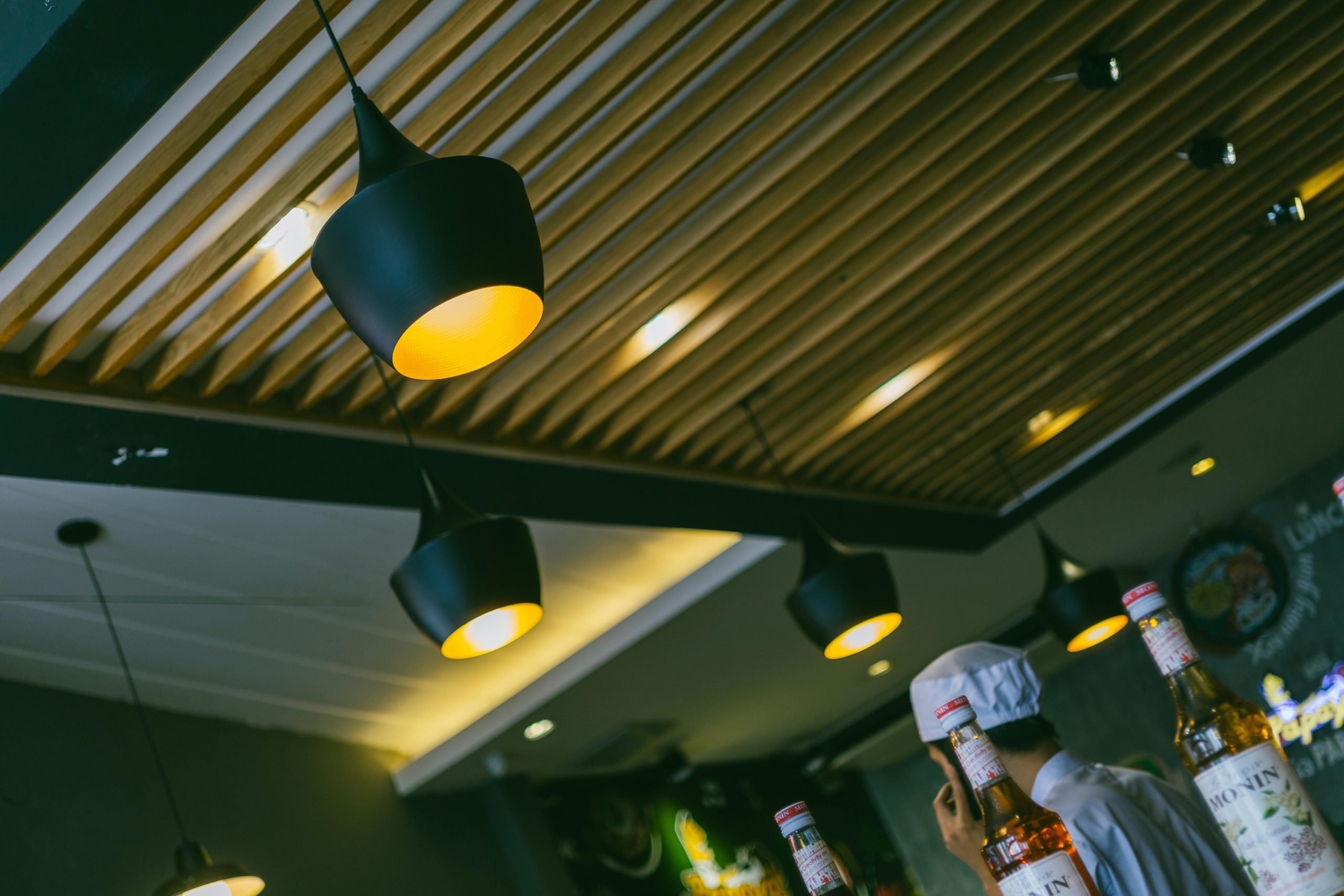The Psychology of Restaurant Design: How Ambiance Influences Dining Experiences
When it comes to dining out, customers often have high expectations. They want to enjoy delicious food, great service, and a comfortable setting. However, many restaurant owners overlook one crucial factor that greatly influences the overall dining experience – the restaurant’s design and ambiance. As humans, we are highly influenced by our surroundings, and this is no different when it comes to our dining experiences. In this article, we will explore the psychology of restaurant design and how the ambiance can greatly impact customers’ perceptions and behaviors.

The Role of Ambiance in the Dining Experience
Before delving into the specifics of how restaurant design can influence our dining experiences, let’s first understand the role of ambiance. Ambiance refers to the overall atmosphere, mood, and vibe of a space. It is a combination of various elements such as lighting, decor, music, and even the aroma in the air. Ambiance plays a significant role in creating a certain feeling or emotion within us.
When it comes to restaurants, the ambiance is crucial in creating a welcoming and comfortable environment for customers. A well-designed ambiance can enhance the overall dining experience and leave a lasting impression on diners. On the other hand, a poorly designed ambiance can have the opposite effect, making customers feel uncomfortable and negatively impacting their perceptions of the food and service.
The Elements of Restaurant Design that Influence Ambiance
Lighting
One of the most critical elements of restaurant design is lighting. The way a restaurant is lit can greatly impact the overall mood and ambiance. Bright, harsh lighting can make a space feel cold and unwelcoming, while warm, dim lighting can create a cozy and intimate atmosphere. Different types of lighting can also create different moods – soft, warm lighting can create a romantic ambiance, while bright, colorful lighting can create a fun and lively atmosphere.
It’s also essential to consider the placement and intensity of lighting in a restaurant. For example, placing a light source directly above a table can create harsh shadows and make customers feel uncomfortable. On the other hand, lighting placed strategically around the space can create a more pleasant and inviting atmosphere.
Decor and Furniture
The decor and furniture in a restaurant also play a significant role in creating ambiance. The design, colors, and materials used can greatly impact the overall mood of the space. For example, a restaurant with sleek, modern furniture and a minimalist design can create a sophisticated and upscale feel, while a restaurant with rustic, wooden furniture and warm colors can create a cozy and homely ambiance.
Moreover, the placement and arrangement of furniture can also influence customers’ perception of a restaurant. Cluttered and cramped spaces can create a sense of discomfort, while well-spaced and well-arranged furniture can create a feeling of openness and relaxation.
Music
The music played in a restaurant is another element that can significantly influence ambiance. Music has the power to evoke emotions and can greatly impact our mood. The type of music played can also set the tone for a meal – soft, slow music can create a relaxed and intimate ambiance, while upbeat music can create a lively and energetic atmosphere.
It’s essential to consider the volume of music in a restaurant as well. Too loud, and it can disrupt conversation, while too low, and it can feel uncomfortable and awkward. The music should also be cohesive with the overall theme and decor of the restaurant.
The Impact of Ambiance on Customers’ Perceptions and Behaviors
Perceptions of Food and Service
The ambiance of a restaurant can directly influence customers’ perceptions of the food and service. A well-designed and pleasing ambiance can create a positive first impression, leading customers to expect a high-quality dining experience. On the other hand, a poorly designed ambiance can negatively impact customers’ perceptions, leading them to believe that the food and service will also be of lower quality.
Duration of Stay
The ambiance of a restaurant can also impact how long customers stay. A comfortable and inviting ambiance can encourage customers to stay longer, leading to a potentially higher bill. On the other hand, if the ambiance is uncomfortable or unwelcoming, customers are more likely to leave sooner, resulting in a lower bill.
Repeat Business
The ambiance of a restaurant can also influence whether customers are likely to return. A positive ambiance can create a memorable dining experience, making customers want to come back. On the other hand, a poor ambiance can drive customers away and discourage them from returning.
In Conclusion
The psychology of restaurant design and its impact on ambiance is a crucial factor in creating successful dining experiences. As customers, we are highly influenced by our surroundings, and a well-designed ambiance can greatly enhance our dining experiences. Restaurant owners must pay attention to the various elements of design, such as lighting, decor, and music, to create a welcoming and comfortable atmosphere for customers. By understanding the psychology behind restaurant design, owners can create a positive first impression, encourage customers to stay longer, and build repeat business.











